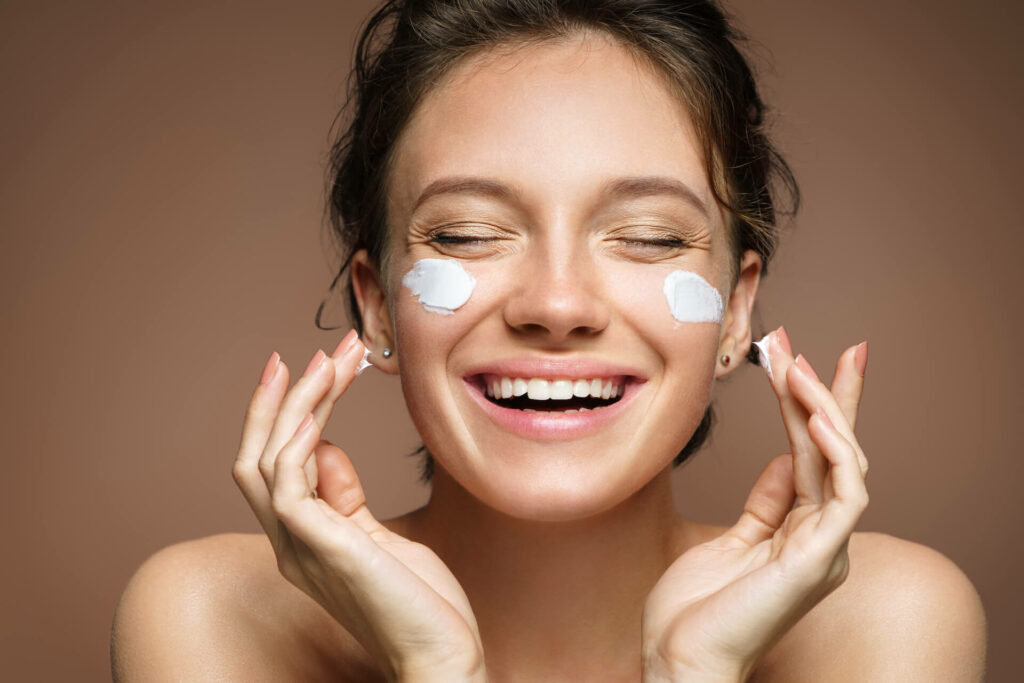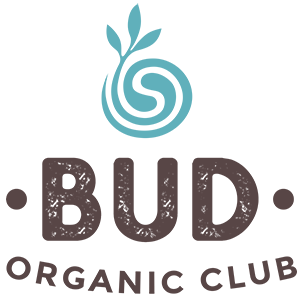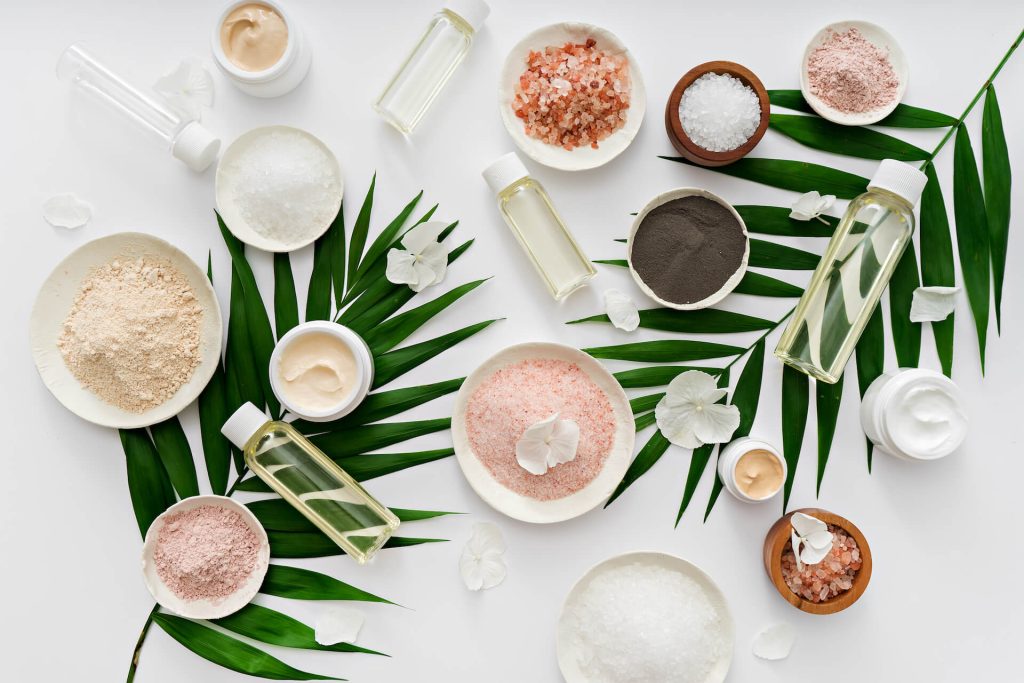Skincare is a confusing space with the term organic being thrown left right and centre. Organic Beauty is generally defined as products that contain organically grown ingredients free from pesticides. However, multiple things make organic skincare truly ‘organic’:
- No GM (genetically modified) ingredients
- No controversial chemicals
- No parabens or phthalates
- No synthetic colours, dyes or fragrances
- No nanoparticles
- Certified sustainable palm oil ingredients
- Recycled and recyclable packaging where possible; and
- no animal testing has been done in the making of the product.

Are all organic beauty products the same?
The term ‘organic’ is unregulated in skincare and beauty products in Australia. As with food, the only way to know if the product is truly organic is to look for a certification logo. A product may have certified organic ingredients, but not have a formula fully approved to the organic standards.
How can you tell the difference?
The ingredients are listed in order of concentration. If you don’t understand what the first few ingredients are then chances are they aren’t going to be natural or organic. Several controversial chemicals can be found in non-organic beauty products.
Organic Standards follow a ‘precautionary principle’, which means when there is scientific evidence an ingredient or process might pose an environmental or health risk, they are not allowed. In many cases, natural alternatives are available however may be more expensive. But how much is your health worth? Arguably a small price to pay.
What is the difference between natural and organic?
The main difference between natural and organic is how the base plant material has been grown. You can still have a natural lavender oil that has been extracted from lavender sprayed with conventional pesticides and herbicides. However, when you buy the certified organic counterpart, you can rest assured that the lavender has been grown without synthetic fertilisers, pesticides, and GMOs.
What’s the fuss about palm oil?
Palm oil is an interesting crop. Per hectare, it is the highest yielding oil crop far outcompeting soy, rapeseed, and palm oil. It is the most widely used vegetable oil in the world. It can only be grown within 10 degrees of the equator in tropical regions. It receives a bad rep as it has been linked to extensive rainforest clearing to make way for mass plantations and the connected wildlife and forest destruction.
Palm oil derivatives are used extensively in cosmetics products. There are over 200 different terms they can be referred to in the ingredients as anything from C19, Caprylyl glycol, cetearyl alcohol, cocoa oil, emulsifiers 422-495, fatty acids, glycerine, sodium laureth suphate (SLS), and more!
Within organic beauty products, all palm oil derivatives must be organically or sustainably produced and sourced. Just another reason to buy certified organic!
Organic Beauty Glossary
Paraben: Any of a group of compounds used as preservatives in pharmaceutical and cosmetic products and in the food industry.
Phthalates: Phthalates are a group of chemicals used to make plastics more durable.
Nanoparticles: A nanoparticle or ultrafine particle is usually defined as a particle of matter that is between 1 and 100 nanometres (nm) in diameter.
Want to learn more?
Check out these other articles:
- What are organic textiles?
- What does free range mean?
- What are organic standards?
- Benefits of certified organic
Image credits – Shutterstock.


